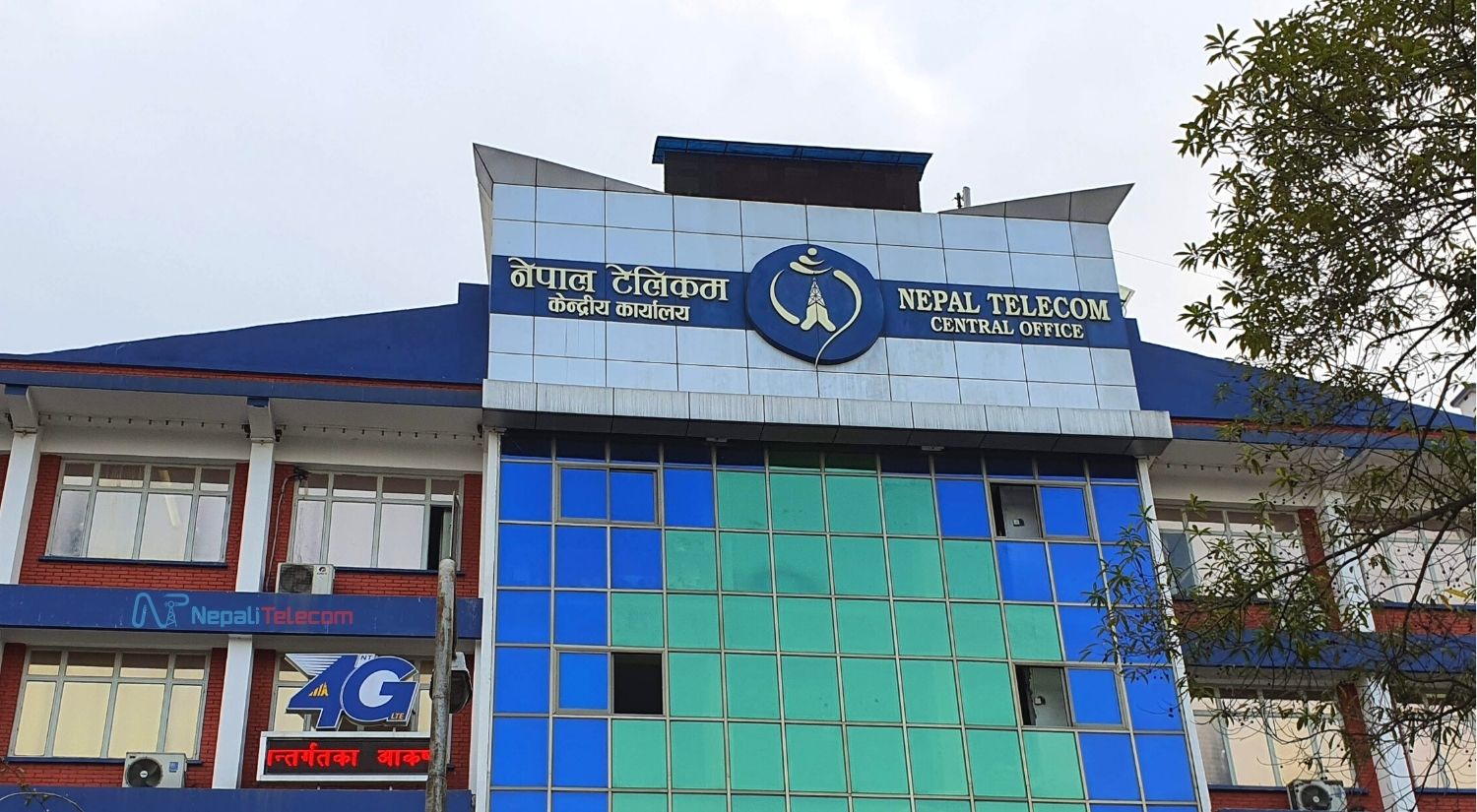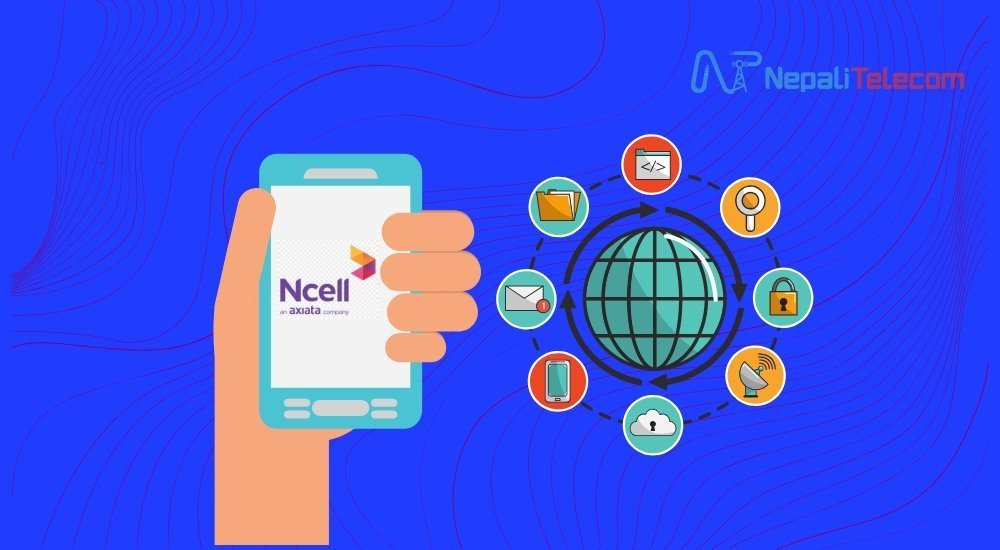We live in an era of globalization and technological progress. Today, managing distributed development teams has become a norm rather than an exception. As we witness a massive shift towards remote work, companies are opting to hire distributed software development teams to leverage a diverse talent pool spread across different time zones and cultures.
Understanding the Distributed Software Development Model
The distributed software development model encapsulates the idea of collaborating with professionals from diverse geographical locations, connected virtually, to achieve a common goal.
The model allows flexibility and accessibility, enabling companies to hire the best talents regardless of their physical location. Especially after the COVID pandemic, it’s becoming more and more prevalent in today’s society, as companies can reap multiple benefits.
However, with these advantages come particular challenges that we need to understand and mitigate.
Harnessing the Power of Distributed Web Development Teams
Distributed web development teams have redefined the conventional workplace setting. They bring together diverse skills, experiences, and perspectives, enhancing the creativity and productivity of the team.
However, the virtual setting can sometimes be a barrier to establishing trust and team cohesion, owing to the lack of face-to-face interactions and cultural differences. So, you need to be aware beforehand. Otherwise, we can’t guarantee that you won’t get negatively surprised.
Strategies for Assembling Distributed Teams
Assembling distributed teams involves strategic planning and foresight. From hiring the right talent to establishing clear communication channels, every step counts. Here are some challenges and strategies to consider.
Building Trust in a Virtual Environment
Trust forms the foundation of any team, distributed or otherwise. With virtual teams, building trust can be a Herculean task, as teams often work in different time zones, limiting synchronous communication. Transparency is key to overcoming this challenge. Encourage team members to share their thoughts, progress, and challenges openly. Foster an environment of empathy and understanding, demonstrating that every team member’s input is valued.
Fostering Team Cohesion
A team without cohesion is like a ship without a rudder; directionless and chaotic. Virtual teams often struggle to build a sense of belonging due to the lack of physical interactions. To overcome this, regular virtual meetings and workshops can be conducted, where team members can share their personal experiences and professional insights. It’s crucial to cultivate a sense of unity, a feeling of “we are in this together.”
Bridging Cultural Differences
Distributed teams are often multicultural, bringing together people from different walks of life. While this enhances creativity, it can sometimes lead to misunderstandings due to cultural differences.
It’s important to foster cultural sensitivity and respect, ensuring that everyone feels comfortable and accepted. Remember, “Rome wasn’t built in a day”; likewise, building a strong, culturally sensitive team takes time and patience.
Leveraging Technology for Collaboration
Technology is the lifeblood of distributed teams. It is the platform where interactions happen, ideas are shared, and decisions are made. Choosing the right collaboration tool can make or break the team’s success. Tools should be intuitive and accessible and foster real-time collaboration, acting as a virtual office.
Nurturing Leadership in a Distributed Setting
Leadership is essential to managing and directing a dispersed software development team toward its goals. The capacity to foster trust, clarity, and collaboration is required for effective leadership in a dispersed situation.
The leaders ‘ main priorities should be setting clear goals, giving timely feedback, and encouraging open communication. Leaders may promote a healthy team culture by thanking team members for their contributions and praising their efforts. Additionally, encouraging learning opportunities and professional development can give team members a feeling of direction and belonging, enhancing team cohesiveness.
Keep in mind that a squad is only as powerful as its captain. Strong, compassionate leadership may make all the difference in the challenging world of remote software development.
Conclusion
Managing distributed development teams is not without its challenges. But with a thoughtful approach to team assembly, strategic use of technology, and an emphasis on building trust and team cohesion, these challenges can be overcome.
After all, a well-managed distributed team can achieve extraordinary results, breaking barriers and transcending boundaries. With the right strategies, distributed teams can function as a unified entity, fostering innovation, productivity, and business success in the long run.











